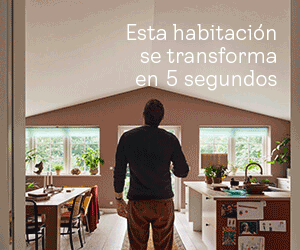Radiant heat flooring
joaniepoanie
hace 12 años

Patrocinado
Volver a cargar la página para no volver a ver este anuncio en concreto
Does anyone have experience with this? am considering this for kitchen remodel but have heard it is expensive, breaks after a few years, and the only way to fix is to tear up floor......thanks for any info!

Volver a cargar la página para no volver a ver este anuncio en concreto
Houzz utiliza cookies y tecnologías similares para personalizar mi experiencia, ofrecerme contenido relevante y mejorar los productos y servicios de Houzz. Al hacer clic en 'Aceptar' confirmo que estoy de acuerdo con lo antes expuesto, como se describe con más detalle en la Política de cookies de Houzz. Puedo rechazar las cookies no esenciales haciendo clic en 'Gestionar preferencias'.
mtnrdredux_gw
jgopp
Sidney4
kadiekins
davidro1
cat_mom
cluelessincolorado
joaniepoanieAutor original
Diplodicus
cluelessincolorado
User
davidro1
chrisk327
cluelessincolorado
cluelessincolorado
davidro1
cluelessincolorado
Jakzof3
chrisk327
bakebestcookies
joyce_6333